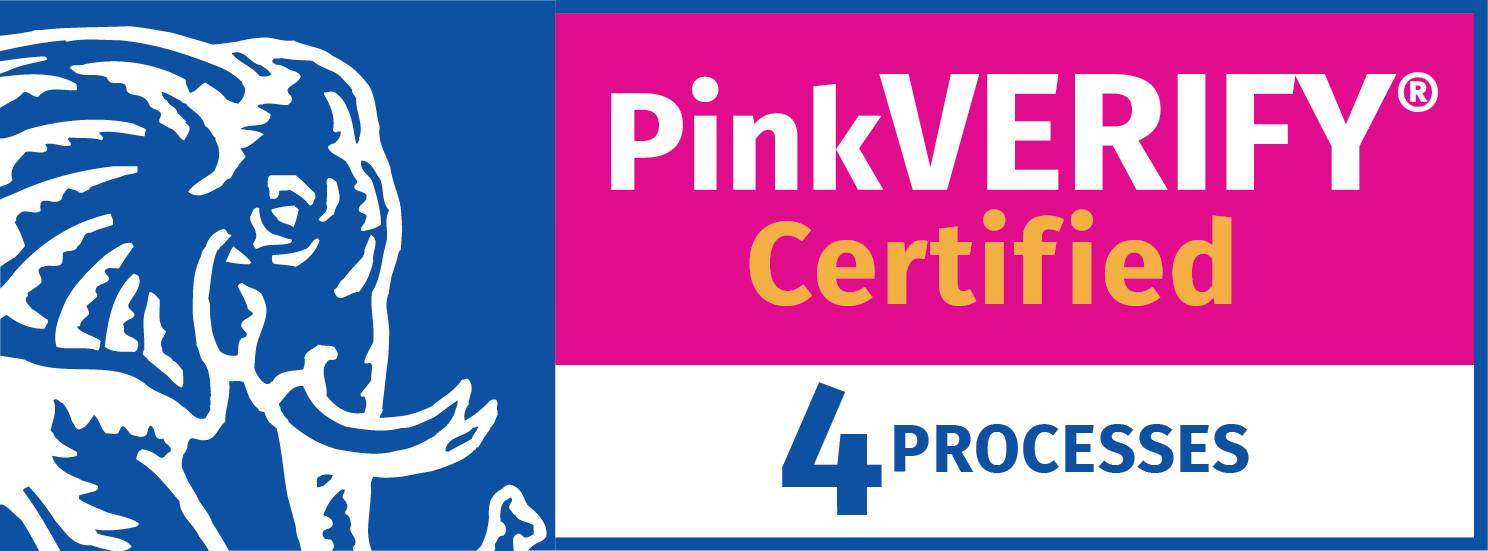Knowledge management capabilities share information across an organization to benefit IT operations, services, experiences, and outcomes, plus the employees that enable them. In some respects, delivering the technology to provide a knowledge management system is simple. However, as many IT organizations have found over the last two decades, making knowledge sharing an effective corporate discipline has many challenges.
To help, in addition to sharing three key reasons why your IT organization needs knowledge management, this blog offers practical advice on how to make your knowledge management initiative a success, starting with some of the barriers to its adoption.

Some common knowledge management challenges and issues
One of the most significant issues organizations face is capturing knowledge from their employees. There are various approaches to this. For example, using a team to identify the areas to be covered and subject matter experts (SMEs) to create usable, searchable knowledge articles. Organizations can use techniques such as Knowledge-Centered Service (KCS) to create knowledge articles as part of business-as-usual (BAU) operations. And technologies such as machine learning to identify knowledge gaps and develop new knowledge from system-held information, e.g., incident resolution information within tickets.
This all sounds great, but it assumes that people are available to create knowledge articles and are able and willing to do so. For example, most SMEs will have actual work they need to complete that impacts their future pay raises or bonuses. Plus, they might perceive their expert knowledge as their business value, which will be diluted if shared.
This issue is part of a broader need for cultural change when introducing knowledge management, recognizing that it requires more than knowledge management technology and new or revised processes. Organizational change management tools and techniques help here, explained further in the tips below.
The above not only relates to the mechanics of knowledge capture; knowledge management capabilities are also needed to store, refine, manage, share, and periodically review the collected knowledge. All of which require more resources and capabilities.
Despite the many challenges, your IT organization needs knowledge management right now
Despite the potential difficulties with knowledge management, investing time and effort in building your knowledge-sharing capabilities is one of your IT teams’ most important tasks for 2022.
Your organization needs to be exploiting its knowledge, not losing it, and hybrid work, fully remote staff, and what has been termed “the Great Resignation” are just a few reasons you need to capture knowledge to enable better operations and outcomes going forward.
We believe that organizations that invest in knowledge management are forward-thinking and positioning themselves for future success. Here are three key reasons why your IT organization needs to commit to creating an effective knowledge management capability in 2022 in beyond.
1. Efficiency gains and the associated cost savings are significant
shows that when an employee calls an IT service desk and works with an agent to resolve their IT issue, the average cost per ticket is about US$25. for a monthly ticket-handling expense of roughly US$18,750. However, this cost only covers the IT cost of the call; it doesn’t include the costs that relate to the employee making the call, i.e. their lost productivity.
For example, found that their average first response time was 24.2 hours. This time is potentially an entire lost workday for an employee who cannot connect to their network or use their computer.
Here’s where an effective knowledge management capability helps. When part of the corporate IT service management (ITSM) tool or integrated with a self-service platform or a chatbot, the available knowledge speeds up resolution times, especially when part of a self-help capability. This knowledge increases agent efficiency and reduces the average ticket-handling cost. More significantly, the effect on end-user productivity is significant, positively affecting their ability to work and eventually the corporate bottom line.
2. Improved employee experiences and quicker resolutions through self-help
From the employee’s perspective, the most crucial function of an IT help desk is getting them back up and running again – reducing their lost productivity by making them able to progress their work in line with business needs. Sadly, as per the earlier example, waiting 24 hours to get a computer back online, say, is far too long for any employee to wait.
Effective knowledge management slashes this resolution time. In particular, when employees can access self-service and self-help capabilities, either through an online portal or chatbot, to take care of their own issues and potentially get themselves back up and running immediately.
While self-service primarily allows end-users with simple IT issues to help themselves, it also helps them seek remedies for the more complex issues that can’t be resolved without IT support assistance. These employees might not be able to self-resolve these issues. Still, by removing all the simple issues from the help desk queue, agents are freed up to address the more complex issues faster and get these employees back up and running more quickly.
3. Better help desk processes help with agent motivation
Knowledge management capabilities don’t just help employees get back to work faster. While knowledge availability reduces the time it takes agents to resolve issues, and knowledge-powered self-help reduces the volume-based pressure on them, it also makes them “better versions of themselves.” There are two key motivational aspects here.
First, the increased efficiency allows help desk agents to close tickets and help get team members back to work as quickly as possible. Here, a more positive outcome of their work fuels a better sense of self-worth.
Second, knowledge availability allows the agents to tackle tickets beyond their personal knowledge, skills, and experience (as it does for end-users via self-service). This need is even more critical today, with employees leaving their jobs faster than ever, causing the loss of organizational knowledge. Such that newer help desk agents no longer have experienced senior team members to look toward for guidance. The motivational effect of this is also amplified by the loss of the many repeat, high-volume, low-value tickets that self-help and potentially automation removes, leaving agents to focus on the more challenging and rewarding IT issues or needs.
5 knowledge management tips
- Articulate the benefits of knowledge management in the context of stakeholder needs. While the opportunity to save costs will be important to senior leaders, individuals need to know the “what’s in it for me?”
- Appreciate the people-based complexity of knowledge capture. For example, has shown that “knowledge can only be volunteered it cannot be conscripted,” “we only know what we know when we need to know it,” and “we always know more than we can say, and we will always say more than we can write down.”
- Leverage OCM tools and techniques to gain employee buy-in and reduce the resistance to change. This investment in OCM includes explaining the “what, why, and how” repeatedly, encouraging input and feedback, and educating and training people in the new ways of working and the enabling technology.
- Start with what you already have. Don’t “reinvent the wheel” with knowledge management. Instead, take advantage of the important knowledge already documented throughout the organization.
- Have a single knowledge repository. While a federated approach to knowledge management can be beneficial, there’s still a need to have a central place to store captured knowledge. Most fit-for-purpose ITSM tools offer this.
The time to invest in knowledge management is now
Your IT organization can’t afford to wait to begin building or enhancing its knowledge management capabilities. It needs to find the right people to lead the effort and recognize that technological enablement will play a big part in knowledge management success once the people-change aspects are addressed.
Find out how ITCC’s cloud-based Knowledge Management tools empower employees to resolve their issues faster.






